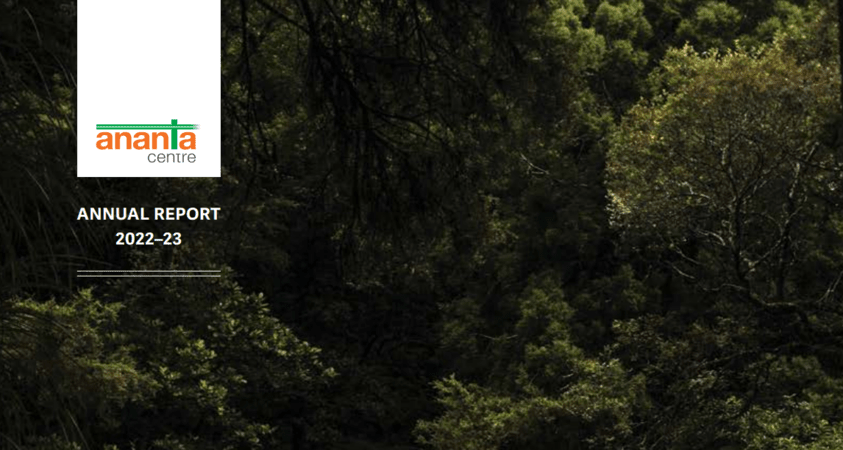Undersea Cables, Digital Connectivity and Maritime Operations
The Indo-Pacific region anchors the world’s digital connectivity, underpinning economic vitality, public communication, intelligence sharing, and strategic military operations through a vast network of undersea cables.
Undersea cables are the backbone of global digital connectivity, transmitting over 95% of all international data traffic, surpassing the capacity and cost-effectiveness of satellite linkages. In the Indo-Pacific, landing stations and cable routes converge on strategic hubs such as Singapore, the Bay of Bengal, South China Sea, and Japan, making the region indispensable in global communications. Singapore, for instance, hosts a cable landing point density among the highest in Asia. Recent Quadrilateral Security Dialogue (Quad) summits and sectoral studies have also reaffirmed the Indo-Pacific’s position at the crossroads for financial transactions, cloud hosting services, and military intelligence gathering.
Cable infrastructure also serves as a key enabler for digitalization initiatives, economic growth, and public service modernization across littoral states. The reliability and reach of undersea cables foster the digital economies of ASEAN nations, empower e-governance in India, and facilitate secured intelligence sharing among allied militaries. Maritime actors, from shipping and logistics providers to coast guards, leverage these infrastructure layers for efficiency, surveillance, and domain awareness.
Ports and maritime operations rely on these cables for precise data exchange, supporting functions such as automated cargo handling, dynamic routing and secure transmission of intelligence between vessels and shore-based stations.
In early September 2025, a series of undersea cable cuts in the Red Sea disrupted key systems across India, Pakistan, and the Middle East, impacting financial transactions, communications, and essential digital services. Major cables such as the IMEWE (linking Europe and India via the Middle East) suffered outages, forcing traffic rerouting and causing significant increase in latency, especially for Microsoft Azure users and regional cloud services. The incident, caused by a commercial vessel dragging its anchor, showcased how even partial cable damage can severely degrade digital connectivity, economic operations, and user experiences across the Indo-Pacific.
Strategic Risks and Resilience Challenges
Despite their criticality, undersea cables face a spectrum of threats. Accidental anchor drags which can tear or deform, sabotage, hybrid warfare, cyber-attacks, and shifts in strategic competition, especially between the US and China have spotlighted cable security as a priority issue. The Indo-Pacific is home to several cable-dense chokepoints, such as the Malacca Strait and Luzon Strait, where geopolitical tensions amplify risks to cable integrity.
Landing stations and near-shore cable segments represent prime targets for both state and non-state actors due to their infrastructure density and ease of access. Exercises and protection drills conducted by Quad countries and other regional actors highlight rising concerns about “grey zone” tactics—such as deliberate interference short of open conflict and the need for stronger resilience mechanisms.
Cyber threats and vulnerabilities are increasingly important as cable landing stations integrate more digital infrastructure, cloud access points, and automated systems. The disruption potential for national economies, financial markets, and government services is magnified in this environment.
Building lasting resilience requires adopting “whole life cycle” approaches which includes comprehensive cable mapping, investment in maintenance vessels through consortium club agreements, supply chain integrity, and legal frameworks for crisis response and liability assessment.
Risk Mitigation and Resilience Building
UNCLOS and the Geneva Conventions have provided recognition of cables as “critical infrastructure,” and have harmonized norms which provide essential yet incomplete legal frameworks for protection. Effective risk mitigation additionally relies on:
- Reinforced cable design and technical protection measures such as armoring, spatial separation.
- Comprehensive cable charting, scheduled maintenance, and mandatory reporting of incidents.
- National law harmonization between Quad partners and streamlined permitting processes to enable rapid response and cross-jurisdictional enforcement.
A robust cable network demands route diversity, alternate landing sites, and backup systems to absorb and recover from disruptions. Best practices include investment in repair ship capacity, regional crisis coordination centers, and scenario-based preparedness exercises.
Spatial separation is a key approach. Cables are deliberately routed away from heavy marine traffic zones, dredging areas and fishing grounds to ensure safe navigation and reduce interference risks.
Public-private engagement is pivotal for both operational agility and information sharing. It ensures continuous threat assessment and incident management, reinforcing system “absorptive capacity” through joint operational exercises and scenario planning.
Maritime Protection and Surveillance
Enhanced surveillance leverages Automatic Identification Systems data, satellite imagery, and geospatial standards to monitor maritime activity near cable infrastructure. Real-time detection platforms and regional information fusion centers empower authorities to preempt and rapidly respond to suspicious incidents or security breaches at sea.
Additionally, regional alliances like Quad and Indian Ocean Rim Association (IORA) can also map roles for military and civilian actors, clarify governance, and build rapid action protocols for cable incidents.
Regional Policy Responses and Cooperation Frameworks
Several Indo-Pacific governments are recognizing undersea cables as “critical infrastructure,” driving new regulatory attention and operational funding. India has stepped up its strategic role, forming maintenance consortia, increasing patrols, and streamlining repair licensing. The Quad partnership and Singapore’s Digital Connectivity Blueprint mobilize multi-national cooperation on disaster recovery, regulatory harmonization, and cable mapping.
Cross-sectoral coordination, involving telecom providers, defense agencies, and maritime authorities, is increasingly institutionalized. Joint maintenance agreements, incident reporting measures, and regional exercises are building trust and operational capacity.
Opportunities for Innovation and Future-Readiness
For future resilience, Quad partners should focus on:
- Indigenous maintenance capacity and local skilled workforce development.
- Distributed landing station strategies to reduce single-point vulnerability and diversify network topology.
- Regional research and response centers dedicated to digital-physical infrastructure integration and rapid cable incident mitigation.
For the future, plausible scenarios include deeper integration of alternative technologies such as satellites, greater regional investment in distributed networks of sensors, and stronger regulatory frameworks for security and repair funding. Policy reforms must also address investment gaps, incentivize private sector participation, and clarify legal liabilities around undersea cable operations.
To reiterate, The Indo-Pacific underpins the global digital economy, making undersea cable safety, resilience, and maritime protection a strategic imperative for governments, businesses, and security actors. Sustained investment, regional cooperation, diversified infrastructure, and legal innovation will be vital to addressing emergent risks and harnessing future opportunities. Failure to act exposes not only national interests but the world’s data arteries to avoidable harm.
























